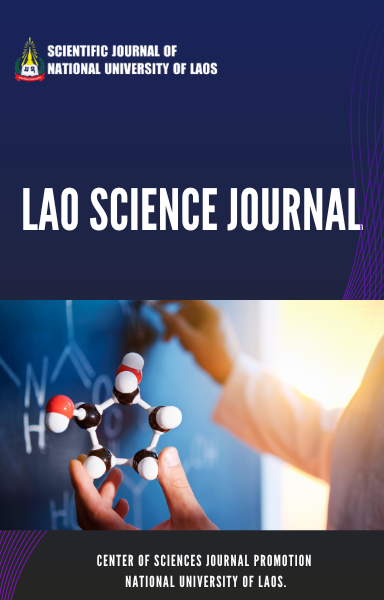A Novel Approach to Sustainable Biogas Production: Biochar and nZVI in Anaerobic Digestion
biochar, zero-valent iron (nZVI), anaerobic digestion, wastewater treatment, biogas production, sugarcane trash.biochar, zero-valent iron (nZVI), anaerobic digestion, wastewater treatment, biogas production, sugarcane trash.
DOI:
https://doi.org/10.71026/ls.2025.01006Keywords:
biochar, zero-valent iron (nZVI), anaerobic digestion, wastewater treatment, biogas production, sugarcane trash.Abstract
This study investigates the impact of biochar (BC) and zero-valent iron (nZVI) addition on wastewater treatment and biogas production in anaerobic digestion (AD) systems, specifically using pig farm wastewater. The preliminary analysis of wastewater characteristics revealed that the chemical oxygen demand (COD), total solids (TS), and volatile solids (VS) values significantly exceeded regulatory limits, indicating a need for improved treatment. Biochar was produced from sugarcane bagasse via pyrolysis at various temperatures (300-700°C), with results showing consistent biochar yields (89-92%) and transformations into porous, lightweight materials. In the AD system, biochar enhanced wastewater treatment by increasing the pH to a neutral level, optimizing microbial activity. Biochar from 700°C demonstrated superior performance, achieving higher reductions in TS (14.1%) and VS (22.7%) compared to lower temperature biochars. Volatile fatty acid (VFA) levels, crucial for biogas production, were better controlled with biochar, maintaining optimal ranges for efficient biogas generation. COD reduction was most effective with biochar at 700°C, achieving levels within regulatory limits (180 ± 20 mg/L). The presence of sulfides, which can inhibit biogas production, was also reduced in systems with biochar, particularly at higher pyrolysis temperatures. Further experimentation with biochar combined with nZVI revealed that the 0.4:0.2 ratio of biochar to nZVI achieved the highest biogas production efficiency, with COD removal rates of up to 97.56%. This combined system maintained VFA levels and reduced sulfide concentrations, promoting optimal microbial activity and enhanced gas production. The study concludes that biochar, particularly when pyrolyzed at higher temperatures and combined with nZVI, significantly improves wastewater treatment and biogas production efficiency in anaerobic systems, making it a promising approach for sustainable waste management in agricultural settings.





